I am very happy to officially announce that Space and Play in Japanese Videogame Arcades has just been published through Routledge’s Contemporary Japan Series.
Readers familiar with this blog will know that this marks the culmination of a research project on arcades that started in 2015 as part of my doctoral dissertation on the intersection of software, material conditions and spatiality in game centers which I defended in 2019. One might even say that this whole project started at some point in 2012 in Wako University where I started collecting material about Japanese arcade videogames history thanks to the opportunity provided by the Monbukagakusho scholarship. It was a different world back then: Japanese academic work was largely kept in analogue format and very difficult to access from abroad, the Replaying Japan Conference was just getting started, and ressources to learn Japanese was much scarcer. Personally, I did not even have a smartphone at that time, so getting lost walking around Tokyo was a regular occurrence – I never forgot to pack a dictionary in my backpack.
Reflecting on my journey over the past twelve years, this monograph serves as a testament to how this extensive project has fostered my growth both academically and personally.


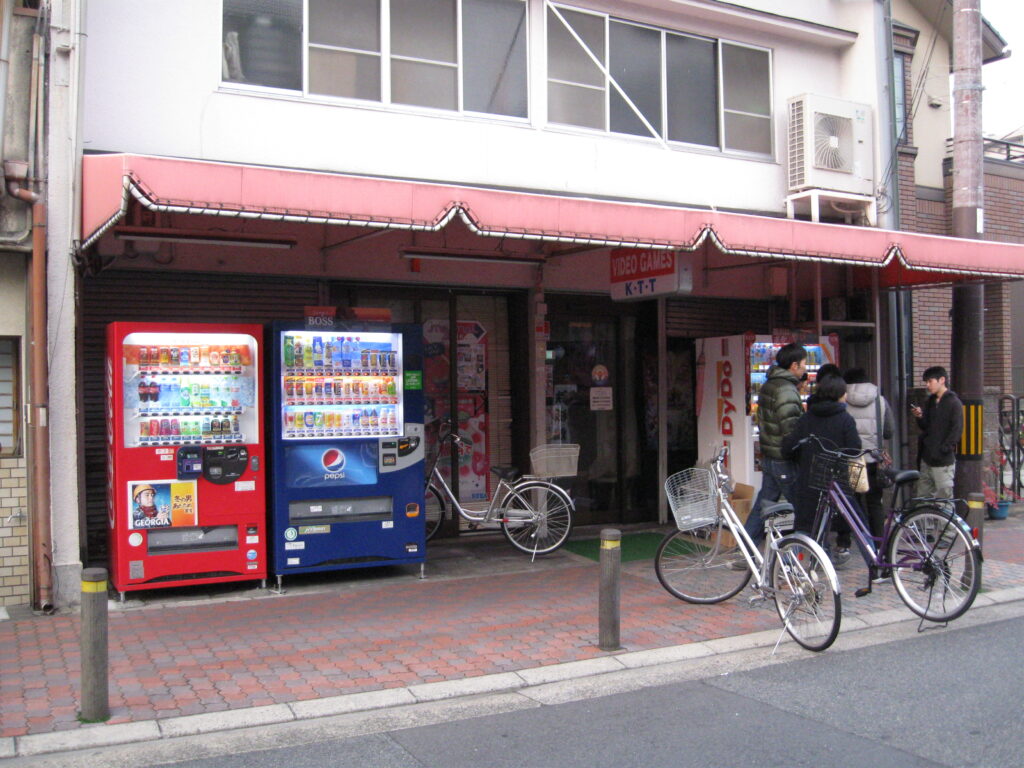
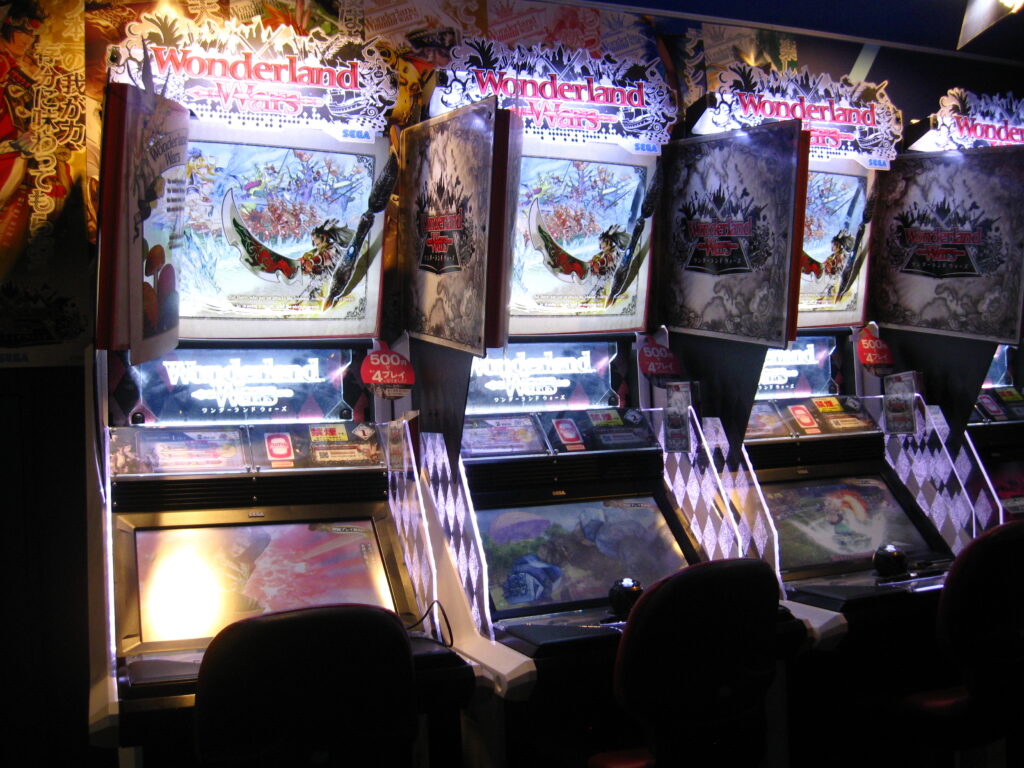
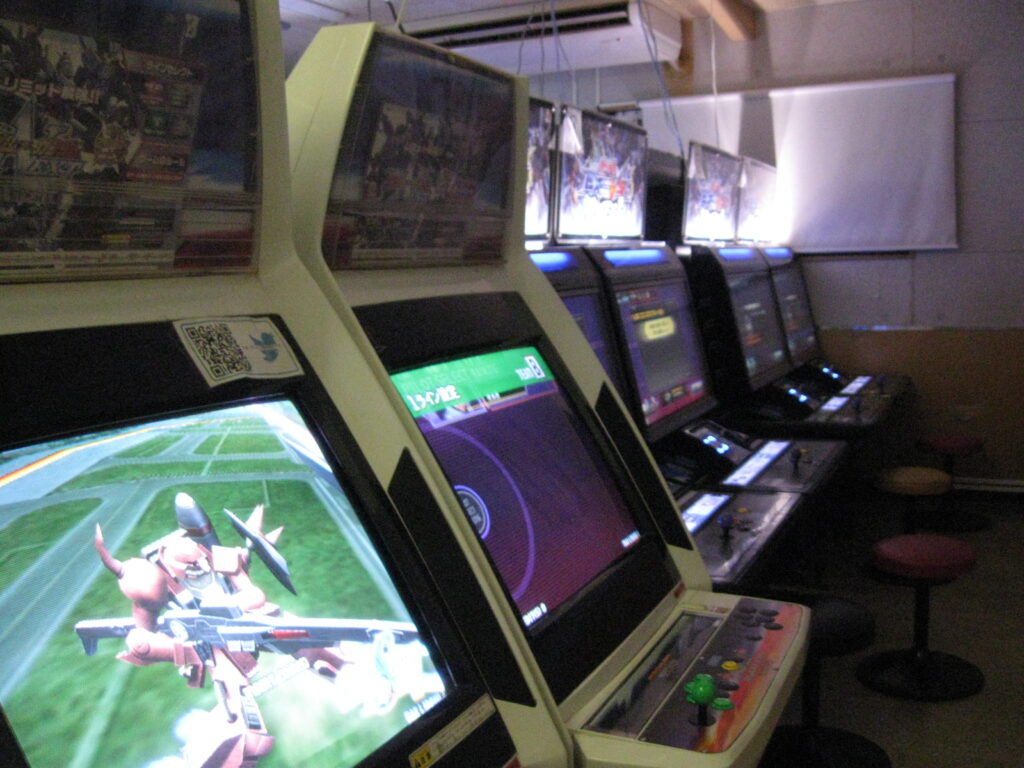
Here is an excerpt of the book’s description available on Routledge’s website:
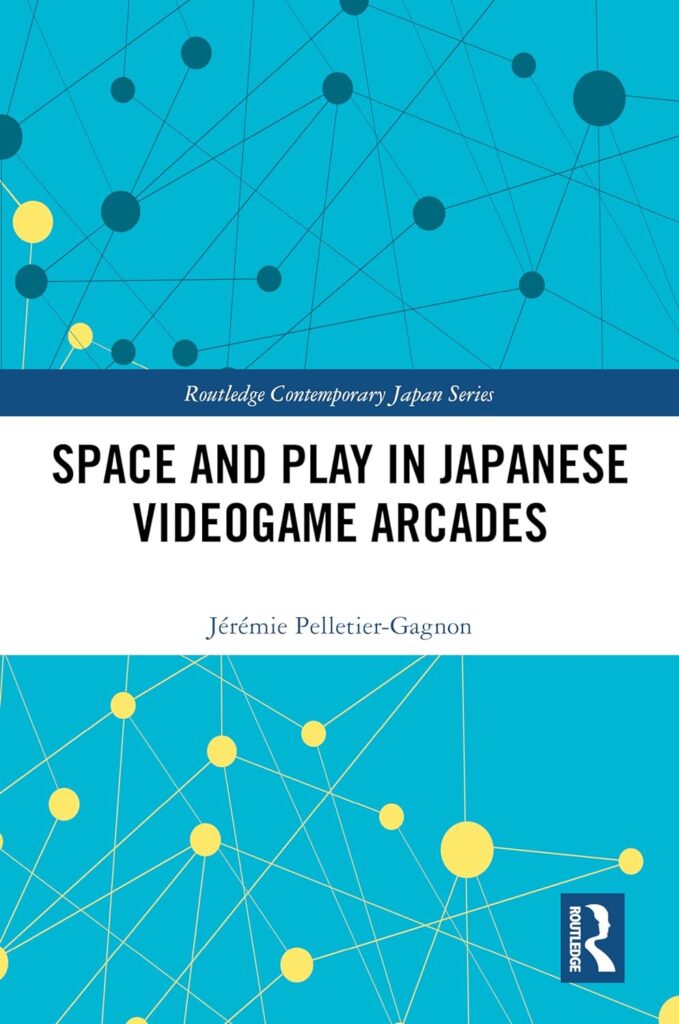
« This book presents a scholarly investigation of the development and culture of Japanese videogame arcades, both from a historical and contemporary point of view. »This book presents a scholarly investigation of the development and culture of Japanese videogame arcades, both from a historical and contemporary point of view.
Providing an overview of the historical evolution of public amusement spaces from the early rooftop amusement spaces from the early nineteenth century to the modern multi‑floor and interconnected arcade complexes that characterize the urban fabric of contemporary Japan, the book argues that arcade videogames and their associated practices must be examined in the context in which they are played, situated in the interrelation between the game software, the cabinets as material conditions of play, and the space of the venue that frames the experience. Including three case studies of distinct and significant game centres located in Tokyo and Kyoto, the book addresses of play in public, including the notion of performance and observation as play practices, spatial appropriation, as well as the compartmentalization of the play experience. »
Many thanks to the editing team at Routledge who helped me slowly turn this doctoral disseration into a proper book over the past two years. Special thanks to Stephanie Rogers at Routledge who showed great patience as work on the book was delayed many times given the numerous life-changing events that occurred between the signing of the publishing contract and the completion of the final manuscript. Just a few things including a wedding, a child, a first professor position, and an interprovincial move that really feels like an international one.
I’ll be touring the DiGRA, Replaying Japan and Japanese Studies Association Conference this summer and fall in order to promote the book, I hope to see you there ! There will also be a book launch at some point during the fall at the Université de l’Ontario français in Toronto where I will be given one last chance to discuss arcades amongst my colleagues and students before jumping onto other projects.
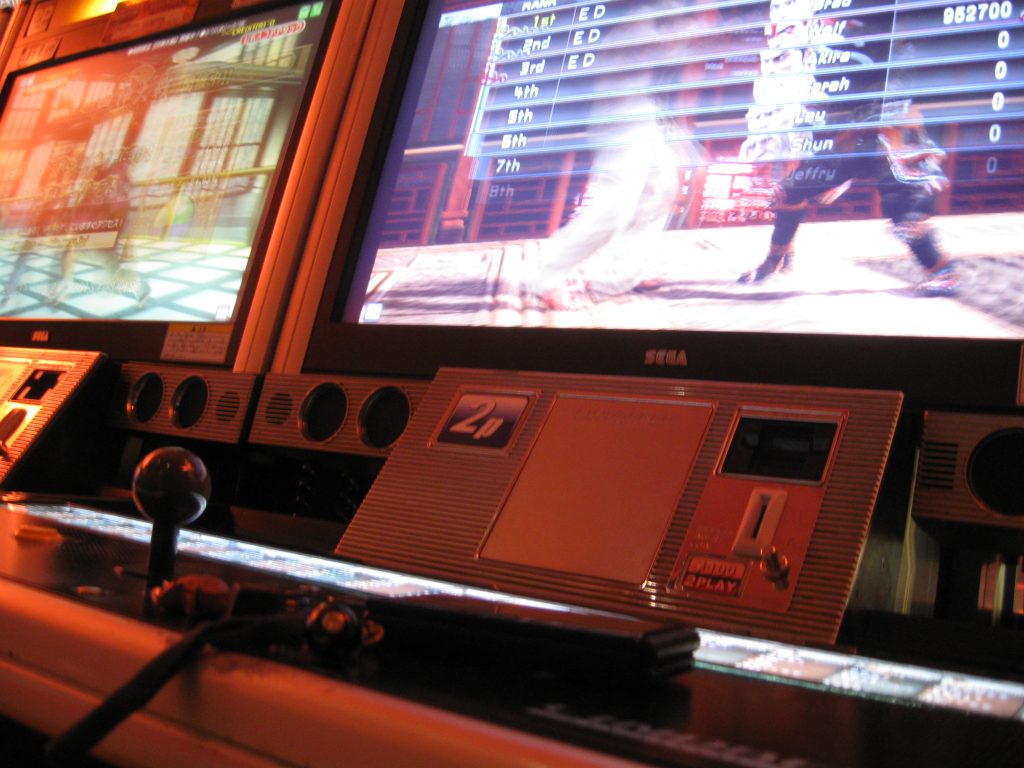
Thanks for tagging along !
